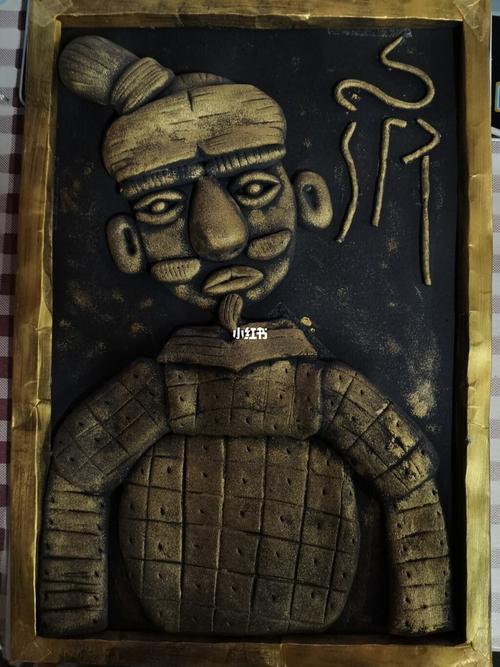
Are the Terracotta Army Made of Clay or Stone?
The Terracotta Army is one of the most impressive archaeological discoveries of all time. This army of life-sized statues was buried with the first emperor of China, Qin Shi Huang, in the 3rd century BC. But what are these incredible figures made of? Are they clay or stone?
Terracotta: A Type of Clay
The answer is clay, or more specifically, terracotta. Terracotta is a type of clay-based earthenware that takes on a distinctive reddish-brown color after firing. The word "terracotta" itself actually means "baked earth" in Italian.
Characteristics of Terracotta
What makes terracotta unique are its properties:
- Earthy Color: The characteristic reddish-brown color of terracotta comes from the iron oxide present in the clay. This oxide oxidizes during firing, giving terracotta its warm hue.
- Durability: While not as strong as stone, terracotta is surprisingly durable, especially when fired at high temperatures. This durability is evident in the Terracotta Army, which has survived for over 2,000 years.
- Versatility: Terracotta is a versatile material that can be molded into a variety of shapes and sizes. This is evident in the Terracotta Army, which features thousands of unique figures with different facial features, hairstyles, and clothing.
The Process of Creating the Terracotta Army
To create the Terracotta Army, artisans followed a meticulous process:
- Clay Preparation: Local clay was sourced and then mixed with water to achieve the right consistency for molding.
- Molding: The clay was then pressed into molds to create the basic shapes of the soldiers, horses, and chariots. Larger pieces were often made in sections and assembled later.
- Detailing: Once the clay had dried slightly, skilled artisans carved intricate details into the figures, including their faces, armor, and weapons.
- Firing: The figures were fired in kilns at high temperatures, which hardened the clay and gave it its characteristic reddish-brown color.
- Painting and Assembly: After firing, some of the figures were painted with bright colors to enhance their realism. Finally, the figures were assembled in their intended battle formations within the vast tomb complex.
Terracotta Beyond the Army
While the Terracotta Army is the most famous example of terracotta art, this versatile material has been used for centuries to create a wide range of objects, from everyday items like pots, tiles, and bricks to elaborate sculptures and architectural elements.
FAQs
Q: Why was terracotta used to create the Terracotta Army?
A: Terracotta was a readily available and affordable material in the region where the Terracotta Army was created. Its durability and versatility made it an ideal material for creating such a large and detailed army.
Q: Are all the Terracotta Warriors the same?
A: No, each Terracotta Warrior is unique. The artisans who created the army went to great lengths to give each figure individual features, such as different facial expressions, hairstyles, and armor.
Q: Is the Terracotta Army still being excavated?
A: Yes, the excavation of the Terracotta Army is an ongoing process that began in the 1970s. Archaeologists continue to make new discoveries at the site, and it is estimated that thousands more figures may still be buried there.